From Whence I’d Get What
On Geographic Specialty, and my new favourite way to buy vintage online
The modern dresser owes a great deal to international relations, the collegiate tradition is an amalgam of clothes produced in nations hundreds of miles away from one another and from the campuses of New England where the style was born.
I will give a brief word of recognition to the fact that importing goods is of course a contentious issue currently, the content of this meeting will make clear where I stand on the issue.
I have a question that I like to ask of people: if you could only buy x from one nation, which would you pick? It’s a question that I hope to answer from my own perspective today, and one which I’d love to hear more about from yourselves.
Welcome to this week’s meeting of The Prep Club, check last week’s issue of THE RADAR here, for thoughts on ribbon belts and Izod Lacoste, among other queries vaguely shoehorned into the world of collegiate fashion. Also make use of The Directory, new this week:
Hashtag Vintage - Etsy (Ships from OH, USA) - Lots of listings for vintage sack jackets from Brooks and J. Press as well as lesser known labels, vintage OCBDs, ties, the lot, and not unreasonably priced.
Edwin - Classic Japanese denim label, modern production is a little oversaturated, it’s best to stick to secondhand, Made in Japan examples.
Evisu - One of the Osaka 5, and perhaps the most fashion forward. Known for their striking seagull and Daicock prints. Early examples, especially those labels “Evis” from the early 90s far transcend their contemporary designer status, authentic recreations of classic denim cuts, with the added affectation of the pocket painting.
Lotusse - Dutch shoemakers, unfortunately no longer quite what they once were. Vintage examples are often Goodyear welted. Also produce leather jackets.
Small Favour: If you wouldn’t mind, please share this post, or the club as a whole, with a friend who you think might be interested, it would mean a whole lot. Please also subscribe if you haven’t yet, again, it makes a big difference.
An online thrifting technique
A desire to write on this matter comes from my new favourite way to find cool clothes on Ebay/ Vinted/ Depop. The move is just to search for Made in X (whatever nation takes your fancy), filter your sizes, acquire a beverage of choice, and have a good old scroll.
I’ve advocated for The Trawl in some capacity before, it’s still the best way to find proper bargains, learn of new labels. Doing it with a focus on the country of origin has returned some great results.
So which nations should you search for when looking for particular items of clothing? Here’s my two cents.
Shirts: USA
Starting with the most hotly contested category. I’m mainly concerned with casual shirting here, button-downs, cubans and the like. Whilst Japan with Kamakura and DC White, or the UK with John Simons and Drake’s are both enticing, the USA just wins out on abundance. B.D. Baggies, vintage Brooks Brothers, J. Press and GANT, Gitman Bros., and my wildcard favourite: Engineered Garments, plus Pendleton for flannel. Made in USA shirts will be easier to come by and more affordable, even overseas.
Jeans: Japan
Whilst the States will always hold the badge of honour with Lee and Levi’s, when it comes to denim no-one does it like Japan. The Osaka Five of Studio D’Artisan, Denime, Evisu, Fullcount, and Warehouse alone make this a very unfair fight, and then you have Edwin, TCB, 90s Japanese made Levi’s, Samurai. If you want cheap selvedge, made in Japan Edwin and Evisu are likely some of the best options on the second hand market.
Knitwear: Scotland
For me, nothing can rival the softness or the rugged appeal of Shetland knitwear. Be it in Fair Isle patterns, solid colours or cable knits. Jamieson’s, Laurence Odie, Harley, there’s a reason labels from around the world go to these mills to have their knitwear made, it is exquisite. Close second would go to Italian cashmere, but Scotland wins out on versatility.
Sport Coats: USA
Given my tastes for the cut of jackets tends American, it makes sense that my preference for manufacture would lean the same way. In this case, it’s rather uncommon to see the American style sack jacket, in all of its unconstructed glory, being made outside of the states, save for some modern replicas out of the UK and Japan. We’re back to the old stalwarts of J. Press and Brooks, also consider Southwick, College Hall, and any number of random tailors dotted across the States, also Polo for the RL67. That said, these American made jackets are almost certainly made from Scottish Harris Tweed or perhaps Irish Donegal, in fact they better be, nothing else will do.
Outerwear: England
It’s rather cliche to suggest England’s appalling weather might be why we’re quite so good at making raincoats (in case this is the first you’ve heard of it, I am, regrettably, English). Nevertheless, though there are far rainier climes, none managed to stay dry in style quite like us Angles. There is Barbour, of course, for wax jackets, Aquascutum for wool coats, and Burberry and London Fog for trenches.
Shoes: France
This is perhaps more of a left field choice, generally English bench made shoes, or American penny loafers would jump to the top of the list, but in this day and age French shoemakers seem to be a cut above when it comes to quality and design. Paraboot have enjoyed a leisurely moment in the zeitgeist as of late, JM Weston are an enduring classic, and Jacques Soloviere produce some of the most exciting and elegant footwear I’ve ever seen.
Pants: USA
For tailored trousers I’d generally look to Italy or the UK, but for casual pants, that is chinos and corduroys, we’re looking back to America. The yanks mastered the more generous cut for these stlyes of legwear, something which just never really happened this side of the pond. Vintage Polo and Haggar are your best friends here, as well as Brooks if you can track down some old block label stuff.
Sweats: Japan
The sweatshirt is another that has been perfected in Japan, the commitment of labels like Loopwheeler and Wonderlooper to preserving vintage loopwheel machines results in an approach to athleisure wear that’s just plain better, this extends to t-shirts too. Germany perhaps comes in close second here for Merz B. Schwanen, but Japan wins out on numbers.
Down Jackets: USA
Counting parkas and down jackets as separate to outerwear is a cop out, but I’d be remiss if I didn’t give a word to Eddie Bauer, Sierra Designs, L.L. Bean, Woolrich, Penfield. The American outdoorswear canon is positively stacked, be it brown label North Face or a Patagonia deep pile fleece.
A Global Fashion
Look, the point here is pretty thinly veiled. Ivy style, that most American of styles- THE American style I would posit- depends upon a canon of clothing from all corners of the globe, even when garments are made stateside, they depend on fabrics and expertise from overseas. Since you’re learned folks, I needn’t be telling you this, but for posterity I’d like to say, fashion is a damn sight better off when cultures are able to interact, reinterpret, and trade.
Over to you, from whence are you getting what? Prep Club adjourned, catch you soon.
Ribbon Belts / Illustrations / IZOD Lacoste / Vintage UNIQLO labels
Hello! Welcome back to THE RADAR, The Prep Clubs’s fortnightly digest for interesting bits and pieces in the sphere of collegiate threads. You can attend last week’s meeting here, for a rant on personal style.



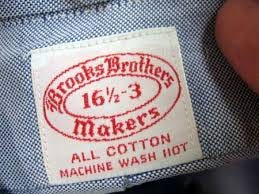
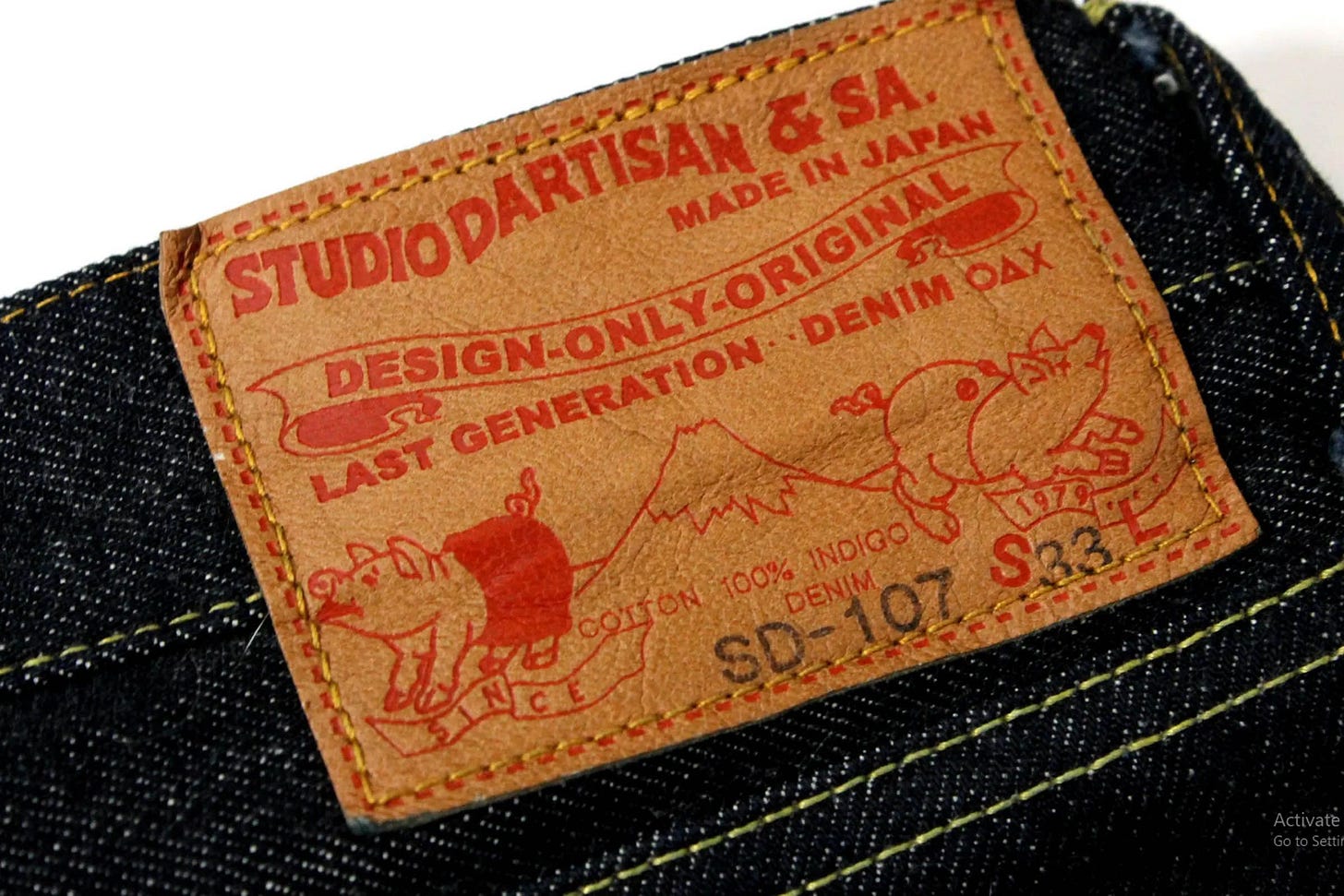


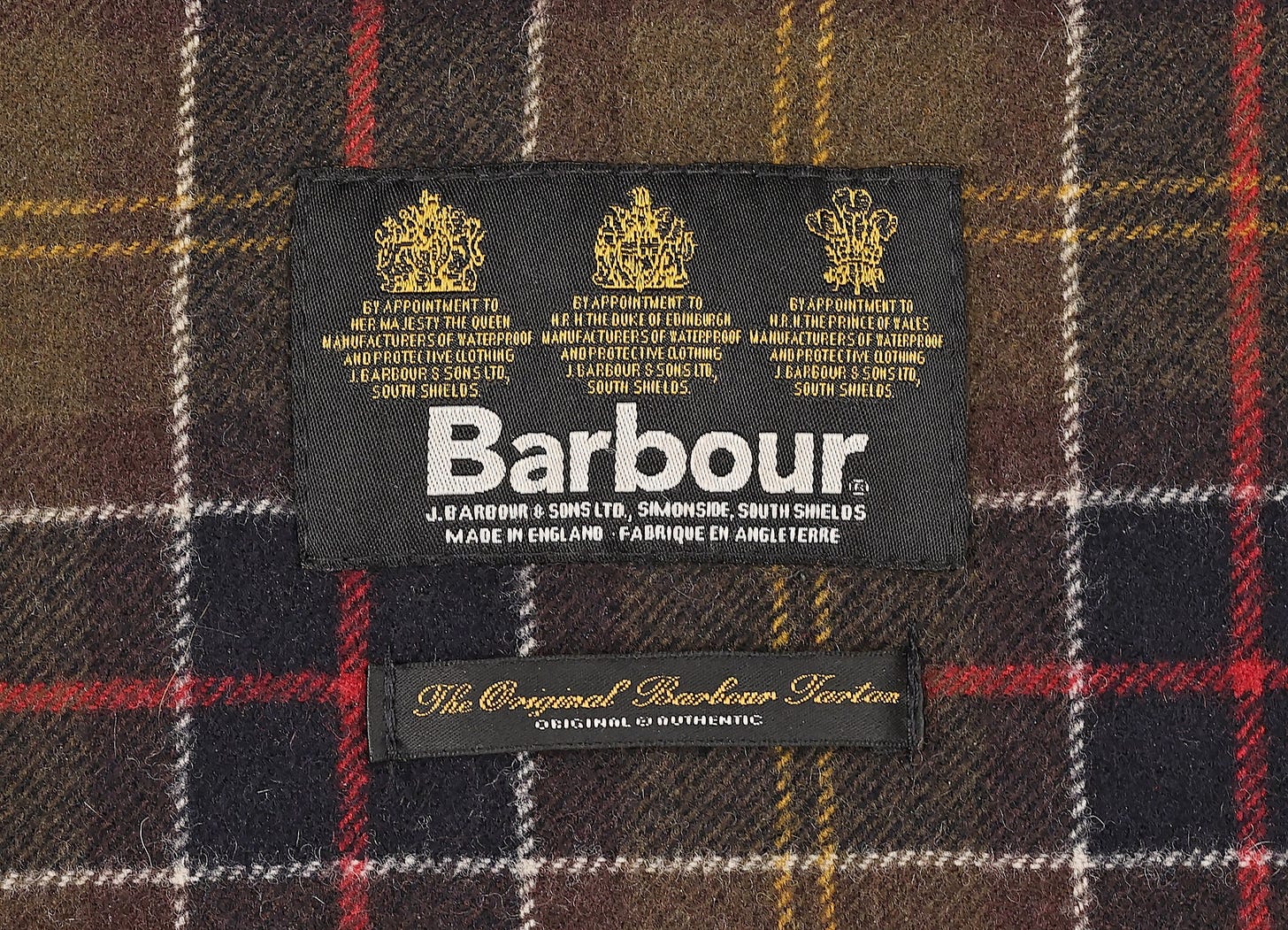
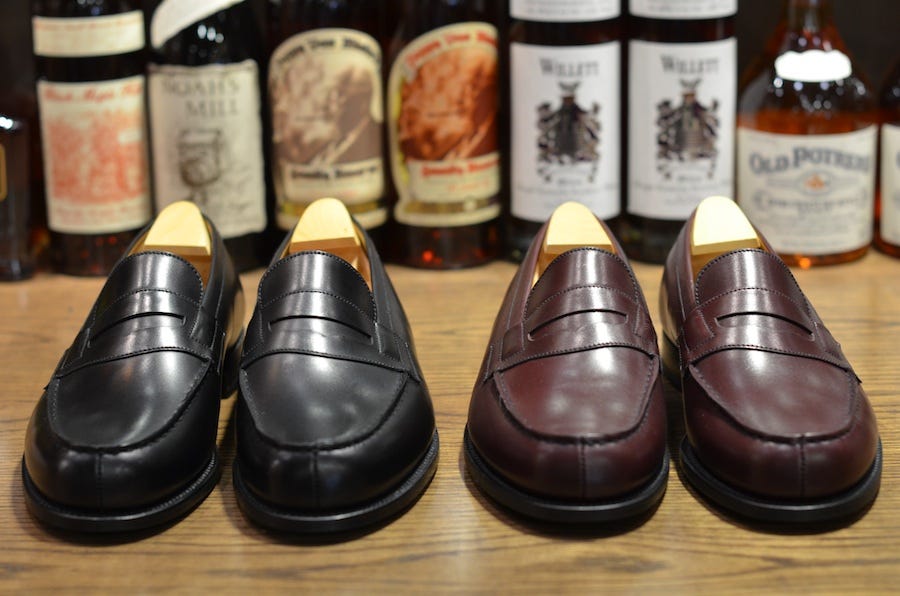
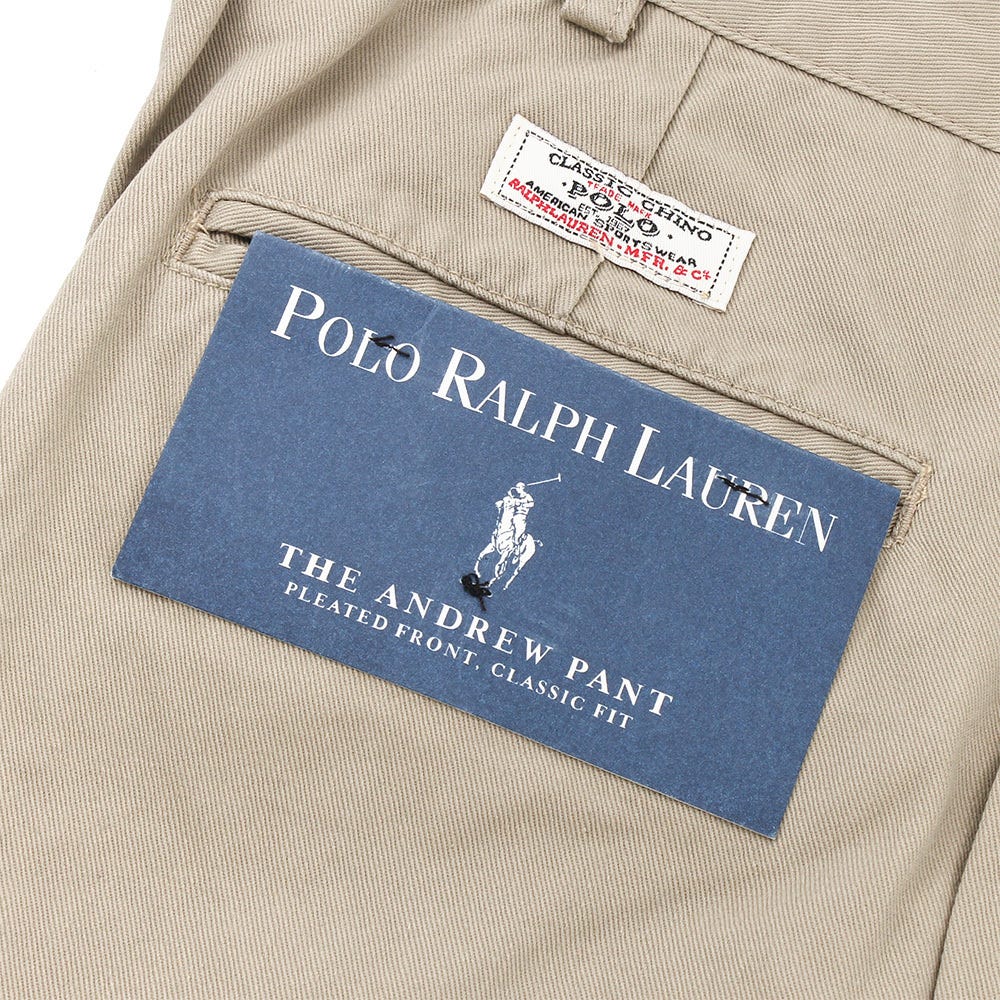
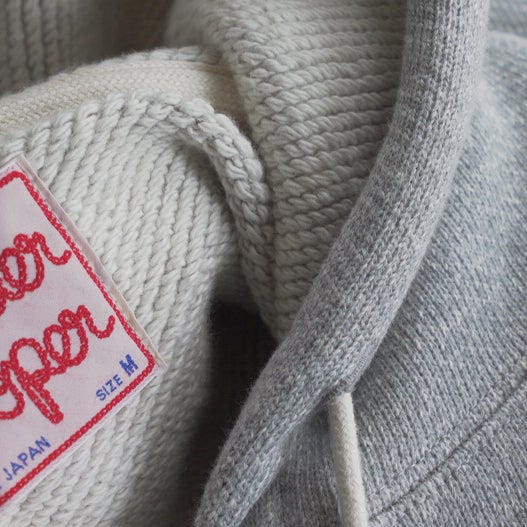
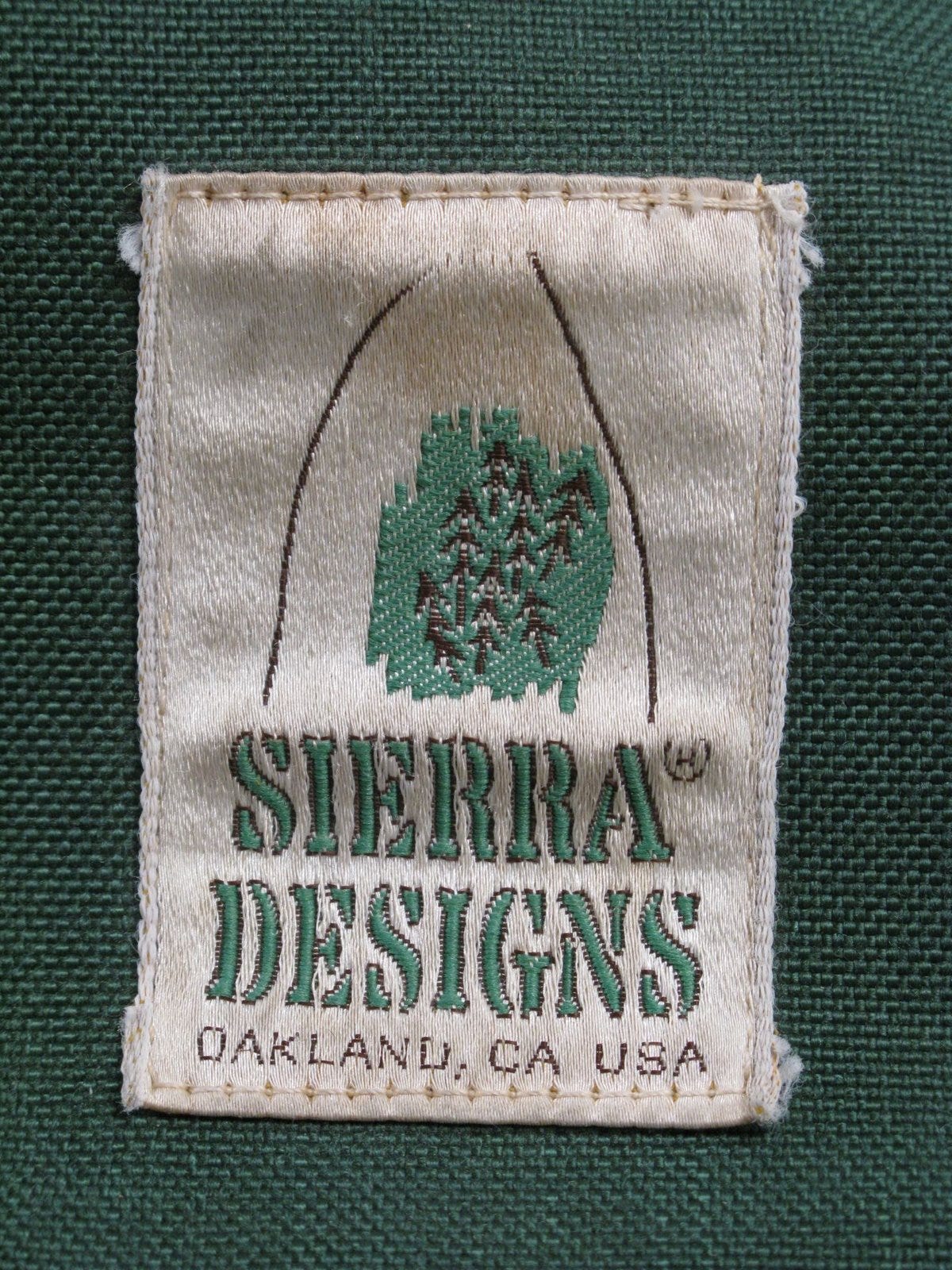

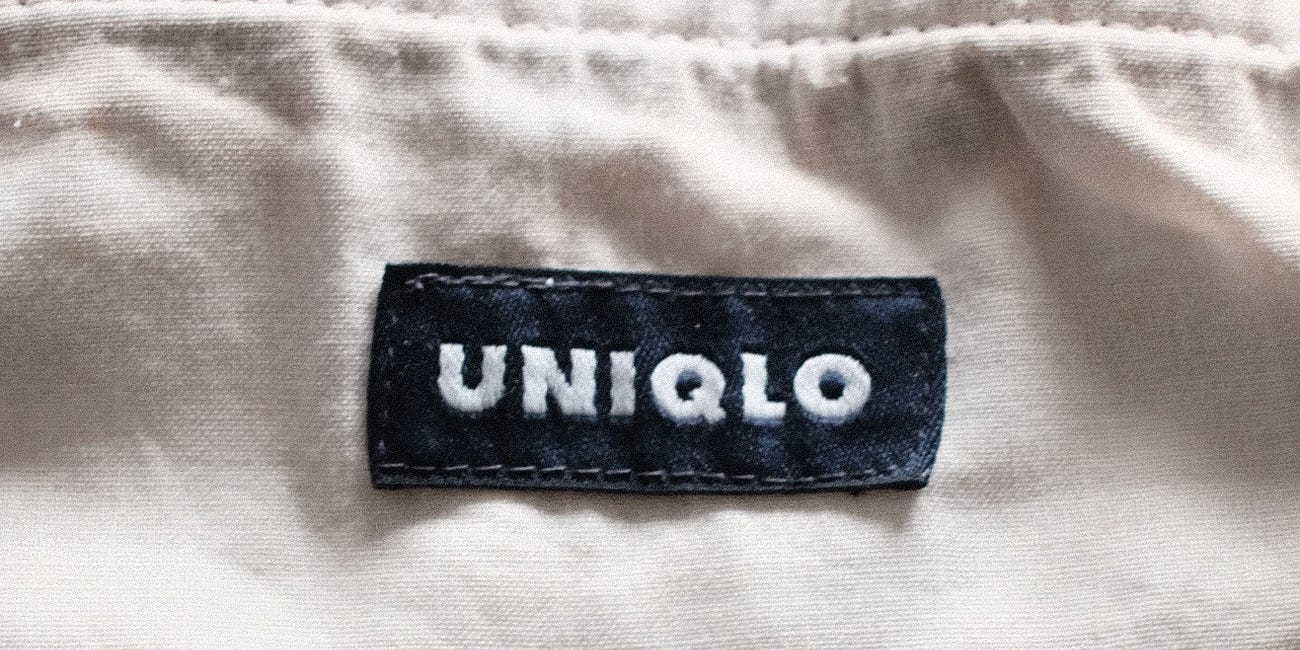
As a UK person, my self-involved response to the current tariff war was to buy some J Crew chinos from the states before any more instability made them unaffordable. I'm sure it's not really in line with the values of the prep club, but it was remarkable that J Crew shipped from the US to UK in less than 6 days for £15 with no additional charges. Though if I needed to return them I would have had to pay postage, which would likely be quite a lot.
'The Broken in Straight Chino' is high waisted in a hard wearing twill and is near perfect, BTW. Perhaps there was another option I missed (some vintage RL chinos come close) but ridiculously in this case, having something flown across an ocean seemed to offer the best chance of getting just 'the thing'.